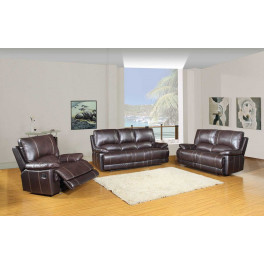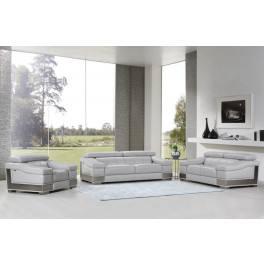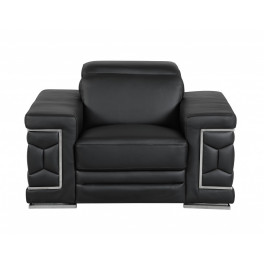Moving into a new household can be challenging even in the best of times. When it comes to furniture, whether it’s moving your existing furniture to the new place, or purchasing pieces, the priority tends to be style, décor, and budget.
Although proper furniture placement ensures that the room will be ready for comfortable use, it is often what's neglected.
A key question to consider is, “Will your existing furniture fit in the new space?” Even if the new home is about the same size as where you live now (which is usually not the case), the layout may be completely different. Taking the following steps will ensure an easier transition, and avoid nasty surprises or frustration.
Correct Measurements
We tend to have pre-determined ideas about where our furniture should be placed. Let’s face it – it took years to come up with our way of staging furniture. But with a new house old habits deserve a second look.
Expect changes from one dwelling to another because each home has individual wall divisions. Just a few inches may mean the difference between having your furniture fit or not in the new space.
The best way to start is with the exact measurements of the existing (or new) furniture you want to lay out. Note: It’s crucial to take into account how the furniture will be used.

Photo by VGstockstudio on Shutterstock
For example, when measuring kitchen or dining-room sets, make sure to measure the outer circumference of the table and all chairs. Allow enough space to ensure that family members or guests will be able to sit comfortably around the table.
The same rule of thumb goes for beds because one usually needs adequate room around the bed to get in and out of it on both sides. Keep notes of your measurements for each piece. They will be needed for future reference.
Available Floor Space
The best place to start is with a blank canvas – an empty room. Available floor space looks endless when not cluttered with furniture, appliances, and accent pieces. This can be misleading, however. Better to be prepared than unload the moving truck, only to find out that your favorite red couch consumes the entire living room, with not an extra inch left to squeeze past.

Photo by Artazum on Shutterstock
A good idea is to simulate your desired furniture placement by measuring the actual available floor space. (House Tipster’s 3D Virtual Rooms can be a great help with room design!) Colored tape is a quick and easy way to do this. In each room, make a floor chart by taping the floor with the measurements taken previously of your existing furniture.
Once this is done, walk around the room as you would when you’re living there. Can you move around freely without stepping on the tape? If not, that’s your cue to either adjust your furniture placement or, worst-case scenario, change the furniture.
Stairs and Landings
Moving furniture up or down stairs can be tricky, as furniture does not bend like we need it to. Start by taking the smallest width measurements of any stairs and landings. Using your previous furniture measurements, make sure that your pieces will fit through, while allowing some wiggle room; especially at the corners or railings.

Photo by marino bocelli on Shutterstock
Doorways
Your furniture measurements will come in handy when ensuring that your pieces will fit through the doors and doorways of your new place. Open the door to its widest and measure the opening.
Take into account any doorknobs or hardware that might protrude or interfere with the available space. Many a mover has been frustrated at unexpectedly having to wait outside while the owner removes the front door to fit the furniture.

Photo by Andrey_Popov on Shutterstock
Heating & Cooling Equipment
What’s most important about any heating or cooling equipment is safety. According to your newly measured floor plan, does your furniture keep air from circulating enough for your heating or ventilation system? Ensuring sufficient distances away from woodstoves is also crucial for safety.

Photo by Skye Studio LK on Shutterstock
Appliances
Although most household appliances have predestined spots in the home, measurements for these pieces need to include adequate circulation behind the appliance for them to work right. When simulating your floor plan, make sure to include enough space for opening the doors of your refrigerator and stove.

Photo by Branislav Nenin on Shutterstock
Move On In
Once you have taken the steps to ensure proper furniture placement in your new home, you are a big step closer to a problem-free move. With one less hassle to think about, you can plan the rest of your new home journey with ease. When the big day comes, you’ll be able to load that moving truck with the ultimate confidence, and move on in!

Photo by Monkey Business Images on Shuttertock

























